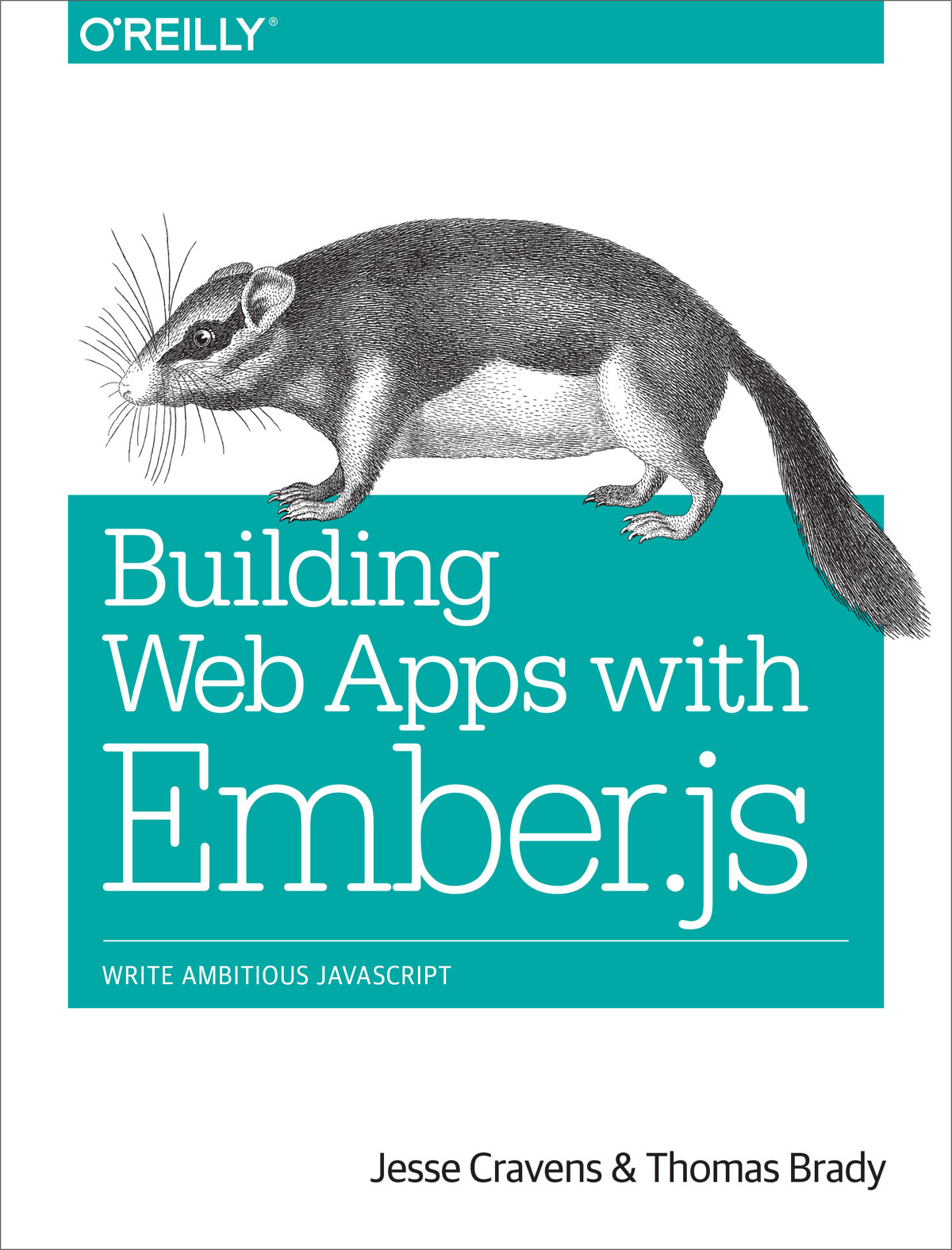

Most ebook files are in PDF format, so you can easily read them using various software such as Foxit Reader or directly on the Google Chrome browser.
Some ebook files are released by publishers in other formats such as .awz, .mobi, .epub, .fb2, etc. You may need to install specific software to read these formats on mobile/PC, such as Calibre.
Please read the tutorial at this link: https://ebookbell.com/faq
We offer FREE conversion to the popular formats you request; however, this may take some time. Therefore, right after payment, please email us, and we will try to provide the service as quickly as possible.
For some exceptional file formats or broken links (if any), please refrain from opening any disputes. Instead, email us first, and we will try to assist within a maximum of 6 hours.
EbookBell Team

4.7
86 reviewsIf you're a web developer interested in building scalable single-page applications--full-stack, browser-based apps that connect to a backend--this practical guide shows you how to use Ember.js, the popular JavaScript framework based on the model-view-controller (MVC) architectural pattern.
If you’re a web developer interested in building scalable single-page applications—full-stack, browser-based apps that connect to a backend—this practical guide shows you how to use Ember.js, the popular JavaScript framework based on the model-view-controller (MVC) architectural pattern.Through the course of the book, you’ll learn how to build a prototype Ember application (a musician index called Rock’n’Roll Call), using routers, templates, models, controllers, and views. You’ll also understand how Ember’s convention over configuration approach helps you persist data, build backend technologies, and create widgets for developing production-capable applications that behave like desktop software.Set up workflow management and boilerplate code creationLearn how Ember’s “developer ergonomics” help you use less codeWrite templates for the book’s prototype with Handlebars.jsUse routers to manage application states without reloading the pageConnect controllers and views with events, and sync data with data-bindingBuild an Ember backend with a RESTful API or Ruby on RailsUse the Ember-Data library to persist data and talk to the backendWrite reusable encapsulated widgets to extend your applications